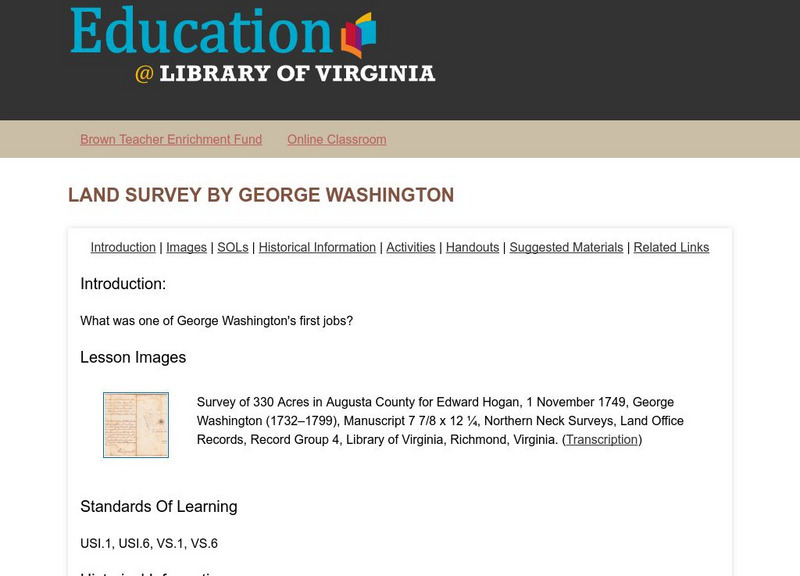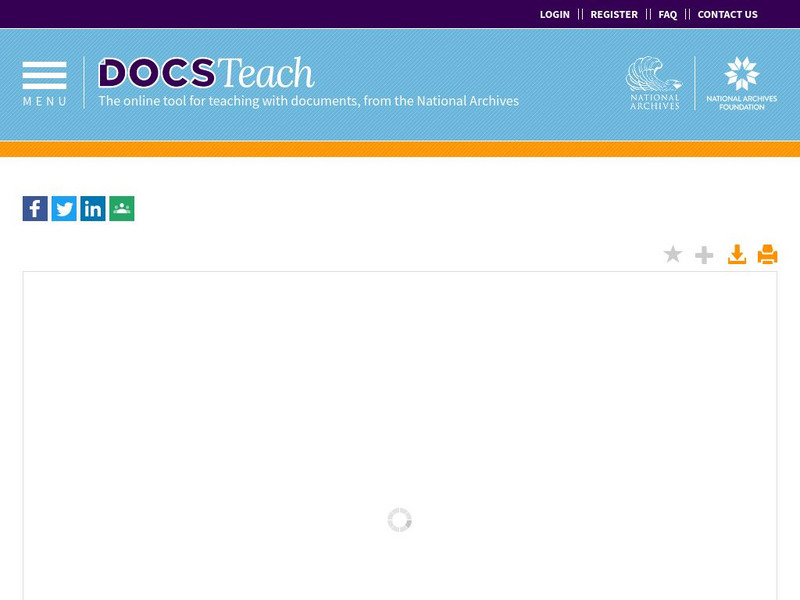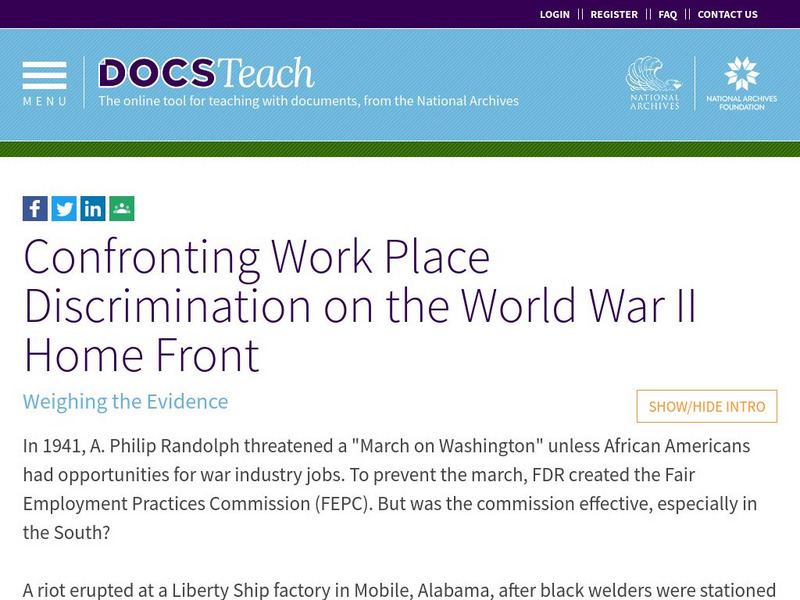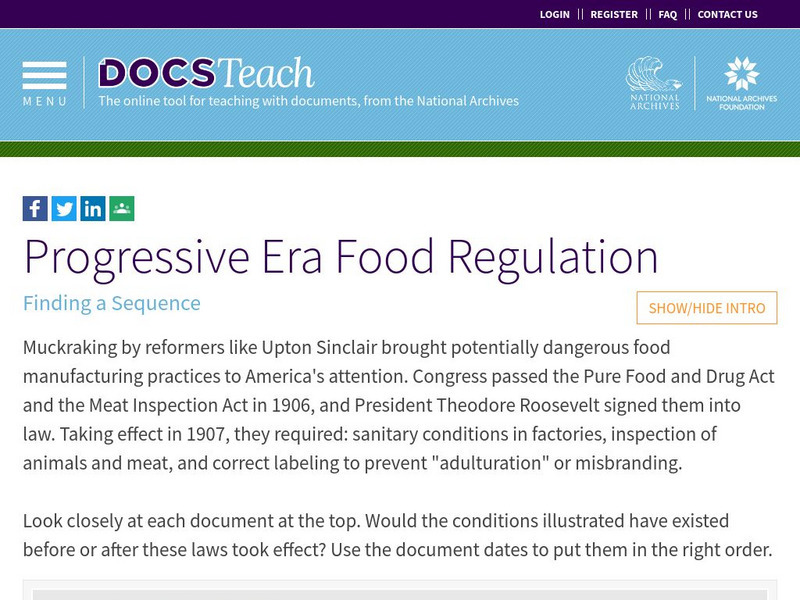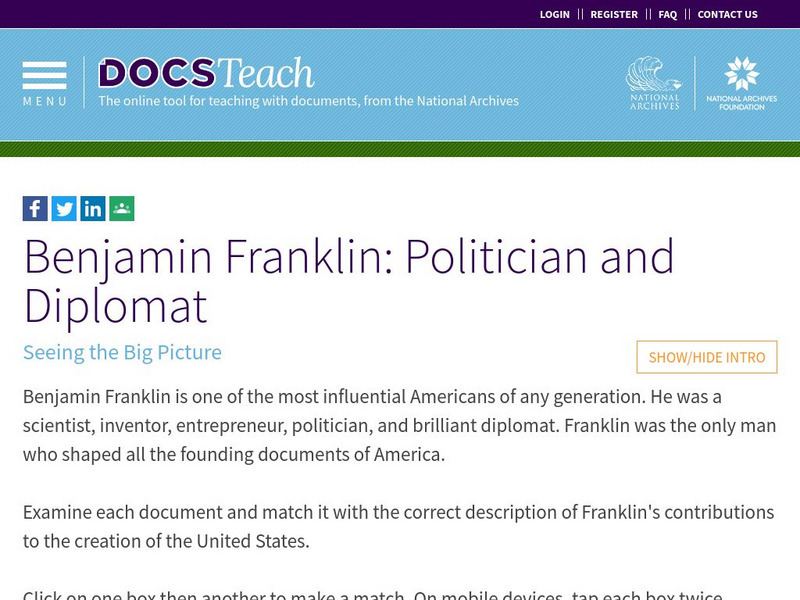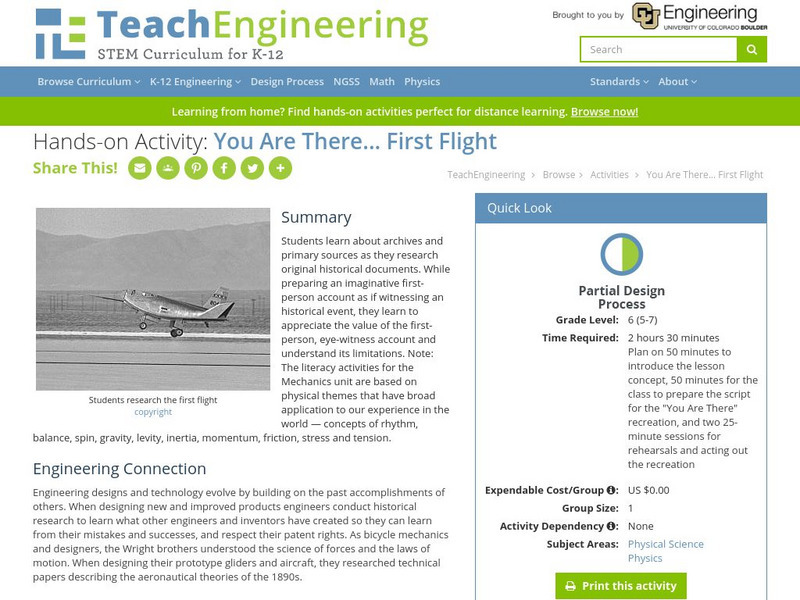TED Talks
Ted: Ted Ed: Let's Make History by Recording It
What if Anne Frank hadn't kept a diary? What if no one could listen to Martin Luther King's Mountaintop speech? What if the camera hadn't been rolling during the first moon landing? Actively listening to the voices of the past and the...
Wisconsin Historical Society
Wisconsin Historical Society: A Brief Explanation of the Social Security Act
The Social Security Act was brought into law in 1935. This booklet was published by the government in 1935 to explain how the Act worked.
Other
Oral History Digital Collection
First-person narratives of northeastern Ohioans who have participated in, or closely observed events which have significantly affected both the state and nation.
Other
Minnesota Historical Society: Minnesota Communities: Lesson: Primary Sources
Lesson plan with necessary documents attached in PDF format where students read three eye-witness accounts of a car accident and compare them to the secondary source insurance report. Then students read three eye-witness accounts of a...
Grammarly
Grammarly Handbook: Primary, Secondary, or Tertiary Resources
Definitions and examples of primary, secondary, and tertiary resources.
Stanford University
Sheg: Document Based History: Reading Like a Historian: League of Nations
[Free Registration/Login Required] Students solve a problem surrounding a historical question by reading primary source documents. This historical inquiry lesson allows students to investigate why the League of Nations was rejected by...
Library of Congress
Loc: American Treasures: Susan B. Anthony, Defendant
Susan B. Anthony's own copy of her trial proceedings. Content includes a description of the exhibit, as well as many pictures.
Library of Virginia
Virginia Memory: Tobacco Counterblast
In this lesson, students look at why King James I thought that smoking tobacco was a dangerous habit.
Library of Virginia
Virginia Memory: The Women's Land Army and World War Ii Posters
In this lesson, students look at some ways that women contributed to the war effort during WWII.
Library of Virginia
Virginia Memory: The Battle of Yorktown Sort It Sets
For this lesson, students examine why the Battle of Yorktown was a turning point in the Revolutionary War using primary sources.
Library of Virginia
Virginia Memory: Petition of the Meherrin Indians
A lesson exploring the steps taken by the Meherrin Indians in Virginia to try to protect their lands from encroaching colonists
Library of Virginia
Virginia Memory: Petition of Phillip Gowen
This lesson explores the practice of indentured servitude in colonial Virginia. Students examine a petition by Phillip Gowen, an African American indentured servant, who asked the governor of Virginia to release him from servitude in 1675.
Library of Virginia
Virginia Memory: Nova Britannia
In this instructional activity, students learn about how early promoters advertised the Virginia colony.
Library of Virginia
Virginia Memory: Nat Turner Rebellion
For this lesson, students examine the impact Nat Turner's Rebellion had on how enslaved and free African Americans were treated in Virginia.
Library of Virginia
Virginia Memory: Manumission Petition for James Lafayette
For what service during the American Revolution was James Lafayette awarded his freedom? Students investigate what events led to James Lafayette, a slave, winning his freedom.
Library of Virginia
Virginia Memory: Land Survey by George Washington
What was one of George Washington's first jobs? American history tends to focus on George Washington as a leader of the Continental army during the Revolution, and as our nation's first president. Less emphasis has been devoted to...
Library of Virginia
Virginia Memory: Virginia Ordinance of Secession
In this lesson, students learn what the Virginia Ordinance of Secession declared.
US National Archives
Docsteach: The Voting Record of the Constitution
In this activity, students will analyze a primary source document to find relevant historical data and measure the degree of agreement and disagreement during the Constitutional Convention.
US National Archives
Docsteach: Documenting Key Presidential Decisions
In this activity, students will identify and analyze documents related to key presidential decisions. Through close examination of the documents, students will determine which president was involved. Students will then identify the...
US National Archives
Docsteach: Confronting Work Place Discrimination on the World War Ii Home Front
In this activity, students will analyze primary sources and evaluate the degree to which they demonstrate Civil Rights advances following President Franklin Delano Roosevelt's 1941 Executive Order providing equal opportunity in defense...
US National Archives
Docsteach: Birth of the Environmental Protection Agency (Epa)
By the late 1960s, issues of unchecked land development, urban decay, and air, noise, and water pollution came to Americans' attention. In November 1971, the newly created Environmental Protection Agency (EPA) announced a large-scale...
US National Archives
Docsteach: Effects of Food Regulation in the Progressive Era
In this activity, young scholars will see and read about the differences in food manufacturing practices before and after the new food laws passed in 1906: the Pure Food and Drug Act and the Meat Inspection Act.
US National Archives
Docsteach: Benjamin Franklin: Politician and Diplomat
In this activity, students will review and analyze the founding documents of the United States and understand Benjamin Frankin's contributions and connections to these founding documents. Franklin was the only man to help shape all of...
TeachEngineering
Teach Engineering: You Are There, First Flight
Students learn about archives and primary sources as they research original historical documents. While preparing an imaginative first-person account as if witnessing an historical event, they learn to appreciate the value of the...















